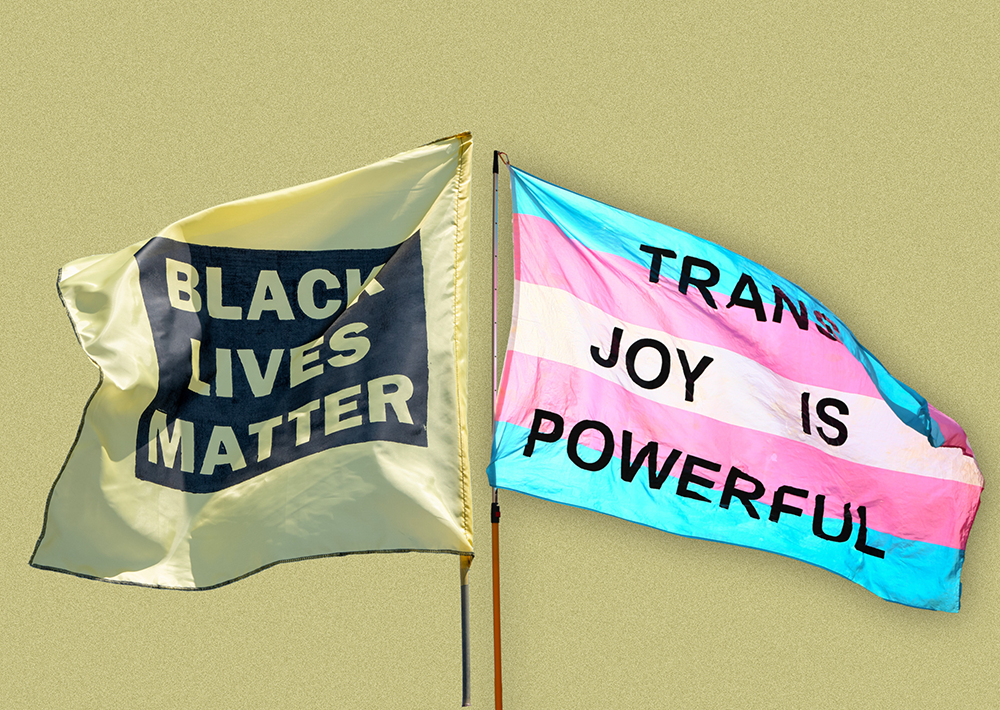
Christian House has narrated this article for you to listen to.
Reading Robert Ferguson’s fascinating history of the experiences of the Norwegians during the five years of German occupation between 1940 and 1945 – a collage of resistance, collaboration and the grey areas in between – I was reminded of the remarks of two Norwegian nonagenarians. In 2011, I interviewed Gunnar Sonsteby, a hero of Norway’s resistance movement, for The Spectator. The country’s most decorated man, Sonsteby told me that he was spurred to acts of sabotage and the ‘liquidation’ of collaborators by sheer outrage at the German presence. Conversely, earlier this year, I wrote the obituary of Olav Thon, the owner of a chain of supermarkets and hotels and one of the richest men in Norway. Thon had been criticised for trading in furs with the occupying forces. He countered that he simply sold to anyone who came through the shop door.
Ferguson recognises the validity of both positions, and Norway’s War is full of empathy for a broad range of personal reactions to the German occupation. This began with an overnight takeover of the main cities in 1940 and ended in ignominious surrender on 8 May 1945. At the darkest end of this spectrum were the Norwegian Nazis, the National Unity party, led by the infamous Vidkun Quisling. Ferguson explains that Quisling became a synonym for traitor almost immediately (within weeks of the invasion, the term had been used in the Times).
The assault on Oslo proved to be Germany’s worst moment in its Norwegian campaign. In the early hours of 8 April 1940, its heavy cruiser Blücher slid silently up the Oslofjord and was swiftly sunk by the cannons of Oscarsborg fortress. An estimated 1,000 German soldiers and sailors drowned. The pushback gave King Haakon VII and members of the Norwegian government enough time to flee to London. But it also allowed Quisling to occupy the void and attempt his Nazification of the country. He failed spectacularly. As Ferguson notes: ‘A conscience struggle united the schools, the universities, the church, pupils, parents, priests and teachers in a campaign of dogged and ultimately triumphant resistance.’
Ferguson is British but has made Norway his home since 1983. He is the author of Scandinavians: In Search of the Soul of the North, a modern classic in which he illustrates national traits – Norwegian, Swedish, Danish – through the actions of remarkable individuals. He does something similar here: the reference to ‘a people’s struggle’ in the subtitle is significant. Norwegian resistance encompassed many spheres – military, propaganda, education, religion, law – and Ferguson finds engaging individuals through which to narrate those sometimes subtle, sometimes thrilling insurrections.
The spirited cast includes Johannes Anderson (codename Yellow Cheese), a career criminal who was the first gunman to assassinate an informer; and Ingrid Bjerkas, a devout Lutheran, who sent theologically focused hate mail to Quisling and would later become Norway’s first female priest. Particular attention is given to Gunnar Waaler, a prosecutor who led a precarious existence as a double agent – passing on intelligence to London while embedded as a seemingly enthusiastic member of Quisling’s political police. He is a character worthy of le Carré.
Gunnar Sonsteby was spurred to the ‘liquidation’ of collaborators by sheer outrage at the German presence
The armed opposition of Sonsteby and his cohorts in the Oslo Gang – a group of Norwegian saboteurs trained by the British SOE – is skimmed over, having already been chronicled in numerous books and films (Number 24, a biopic of Sonsteby, has recently been released on Netflix). Ferguson is more interested in the experiences of civilians stuck in the fray: farmers in the north who had their properties razed and officials required to pledge allegiance to the occupiers or lose their jobs.
The end of the war brought a reckoning that was in line with the Norwegian psyche: the rule of law was to prevail – unlike in France, where collaborators were routinely shot – and collective guilt was placed on all Norwegians who had joined the National Unity party. Even this relatively moderate approach was thought by some to be harsh. It became known as the isfront – ice front – and took its creed from Eivind Berggrav, the Bishop of Oslo: first justice, then kindness. Thirty Norwegians, including Quisling, were sentenced to death for acts of treason, murder or torture.
Ferguson is a profoundly compassionate author. Nuance and consideration are given to all parties, even the most indefensible. Quisling is portrayed as a pathetic, mentally ill figure rather than as a cartoon villain. And he unearths humanising and humorous details to counter the humiliations, deprivations and atrocities. For instance, he describes with considerable narrative flair how in the days following the Nazi capitulation three of Quisling’s henchmen holed up in a country villa with a cache of arms and explosives. It’s told like a dark farce. The Norwegian officer attempting to lure them out was hampered by a Danish journalist furious at being denied access to the villa to interview the Nazis. The officer was amused by the situation:
The journalist’s display of outraged entitlement and importance helped him realise that after five long years, things really were getting back to normal.







Comments